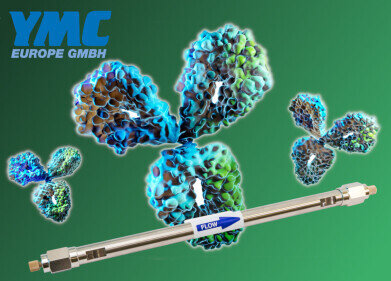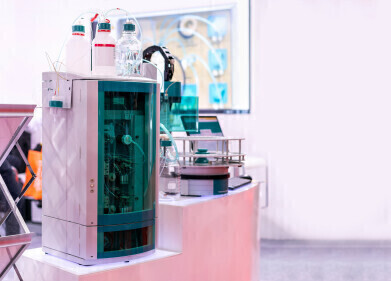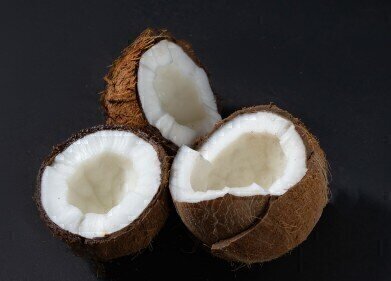Ion Chromatography (IC)
Chips in Space — Ion Chromatography Goes Minimal
May 04 2016
It is still a question that intrigues mankind — are we alone? Are there other life forms out there?
And while missions like Kepler are using telescopes to search for potential habitable planets in distant solar systems — missions closer to home are searching for signs of life in our neighbourhood using the very latest in technology. And ion-chromatography could soon be venturing where ‘no man has gone before’.
Astrobiology — life in the Universe
The search to understanding how life evolved on Earth — and in the Universe in general — comes under the domain of astrobiology. Scientists are searching near and far to try and comprehend the conditions and environments that are conducive to life not only starting, but evolving.
Whilst the results from the Kepler mission — a search for habitable planets — are amazing with over 1000 planets identified, it is closer to home that the search for life is likely to be most successful. As part of its Habitable Worlds program — NASA plans to use our existing knowledge of life to see if it can find hospitable environments in our Solar System as well as further afield.
The Martian surface is one place to check for signs of life, with several missions in progress and more planned to explore the red planet. The moons of Jupiter and Saturn — particularly the icy worlds of Europa, Ganymede, Enceladus and Titan — are also thought to be prime candidates for finding signs of life as they are thought to contain an element considered essential for life — water.
Chromatography on a chip
As the search for life intensifies, scientists have been looking for ways to detect biomarkers — molecules that could indicate life exists in outer space. Returning samples to Earth, particularly from robotic or unmanned missions is inefficient. Even if a biomarker was detected — how can you rule out contamination?
One way is to send the instruments into space. And this is what NASA is looking to do. But not the large instruments sitting on the bench of a lab — no, NASA need to send miniature devices into space for reasons of space and cost.
High performance liquid chromatography (HPLC) is the preferred method of separating biomarkers from their sample matrix as most biomarkers are non-volatile. HPLC on a chip has been done — but to identify the biomarkers, standard HPLC detectors are no good. Mass spectrometry (MS) is needed to identify the unknown organic molecules that will point to life.
But this can present a problem as the samples might contain non-volatile salts which can cause problems for MS. NASA might have the answer though — using an ion chromatography (IC) chip to desalt the samples. And an IC chip has already been fabricated and tested — so NASA is a step closer to finding life in outer space.
IC is a technique used to analyse environmental samples as discussed in this article, Essential Role of Ion Chromatography in Constructing Ice Core Paleoclimatic Records.
Photo from Wikimedia commons
Events
Jan 20 2025 Amsterdam, Netherlands
Feb 03 2025 Dubai, UAE
Feb 05 2025 Guangzhou, China
Mar 01 2025 Boston, MA, USA
Mar 04 2025 Berlin, Germany












